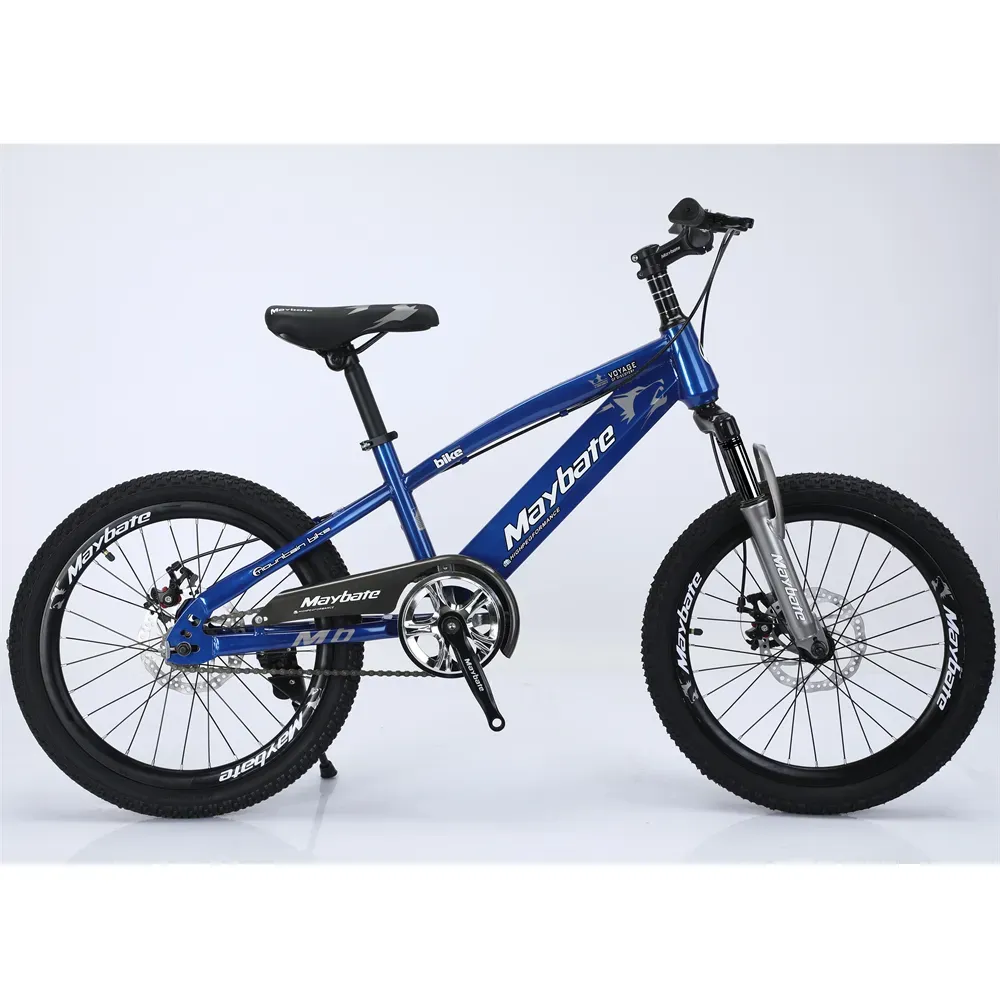Understanding Mountain Bike Dimensions for Optimal Comfort and Performance in Riding Adventures
Understanding Mountain Bike Dimensions A Comprehensive Guide
Choosing the right mountain bike can be a daunting task, especially for beginners. One of the most critical factors to consider is the bike's dimensions, which play a significant role in ensuring comfort, control, and overall riding experience. Mountain bike dimensions encompass several key measurements, including frame size, wheel size, and standover height. In this article, we will explore these dimensions and what they mean for your biking experience.
Frame Size
The frame size of a mountain bike is perhaps the most important dimension to consider. It is typically measured in inches or centimeters and corresponds to the length of the seat tube, which is the vertical tube that runs from the bottom bracket to the seat post. Standard sizes include small, medium, large, and extra-large. It is essential to choose the right frame size based on your height and inseam measurement.
- Small (15-16 inches) Generally suitable for riders 5’0” to 5’4”. - Medium (17-18 inches) Ideal for those between 5’5” and 5’8”. - Large (19-20 inches) Crafted for riders from 5’9” to 6’1”. - Extra Large (21 inches and above) Designed for taller individuals, typically 6’2” and above.
Proper frame size allows for better maneuverability and handling on rugged terrains. A bike that is too large can be challenging to control, while a frame that is too small can lead to discomfort and a less efficient pedaling posture.
Wheel Size
mountain bike dimension

Mountain bikes come with various wheel sizes, which significantly affect their performance and ride quality. The most common wheel sizes are 26 inches, 27.5 inches (650B), and 29 inches.
- 26 inches These provide excellent maneuverability and are best suited for technical trails. However, they have become less common as larger sizes have gained popularity. - 27.5 inches A sweet spot for many riders, this size balances speed and stability, making it suitable for a variety of terrains. - 29 inches These larger wheels roll over obstacles more easily and maintain speed well, making them ideal for cross-country biking and smoother trails but can be less agile in tighter, more technical sections.
When choosing a wheel size, consider the type of riding you plan to do as well as your personal preferences regarding speed and control.
Standover Height
Another crucial dimension is the standover height, which is the distance from the ground to the top of the top tube of the frame. To determine the appropriate standover height, stand over the bike while wearing your normal riding shoes. Ideally, you should have 1-2 inches of clearance between your body and the top tube. This dimension is key for safety and comfort, as it allows for easy dismounts and provides confidence when riding technical trails.
Conclusion
Understanding mountain bike dimensions is essential for selecting the right bike for your needs. The frame size ensures comfort and control, while wheel size affects performance on various terrains. Additionally, standover height is crucial for safety and ease of use. When purchasing a mountain bike, it is advisable to test ride different sizes to find the best fit. Remember, a well-fitted bike enhances your riding experience, allowing you to tackle challenging trails with confidence and enjoyment. Happy riding!
-
Why Ride On Toys Are Every Kid’s FavoriteNewsApr.03,2025
-
Why a Mountain Bike is Perfect for Outdoor AdventuresNewsApr.03,2025
-
Why a Baby Tricycle is the Perfect First RideNewsApr.03,2025
-
The Joy of Learning with a Kids Balance BikeNewsApr.03,2025
-
The Fun and Benefits of a Childrens ScooterNewsApr.03,2025
-
Find the Perfect Kids' Bikes for Fun and AdventureNewsApr.03,2025
-
Perfect Color for Your Mountain BikeNewsFeb.27,2025








